Mackenzie Swope
Advisor: Carlos Rueda
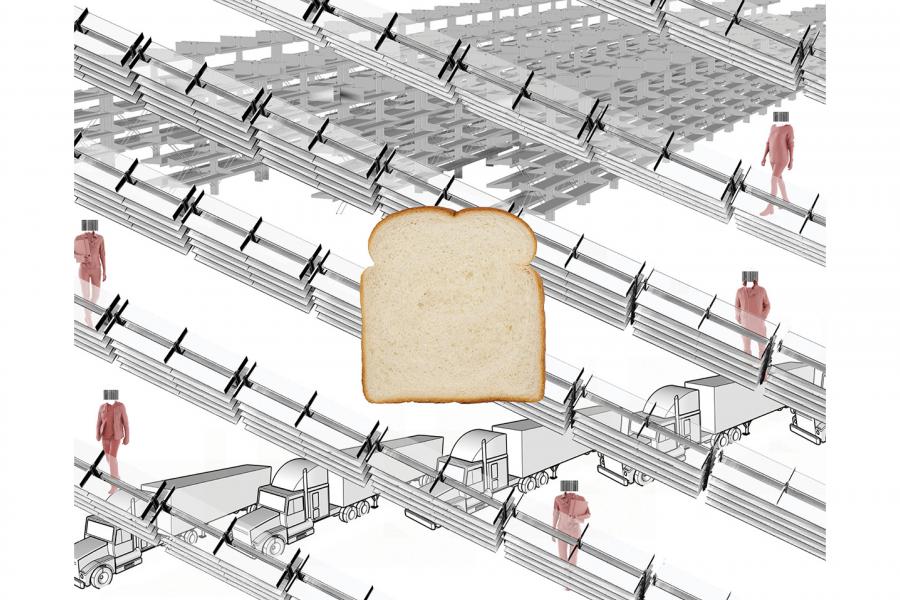
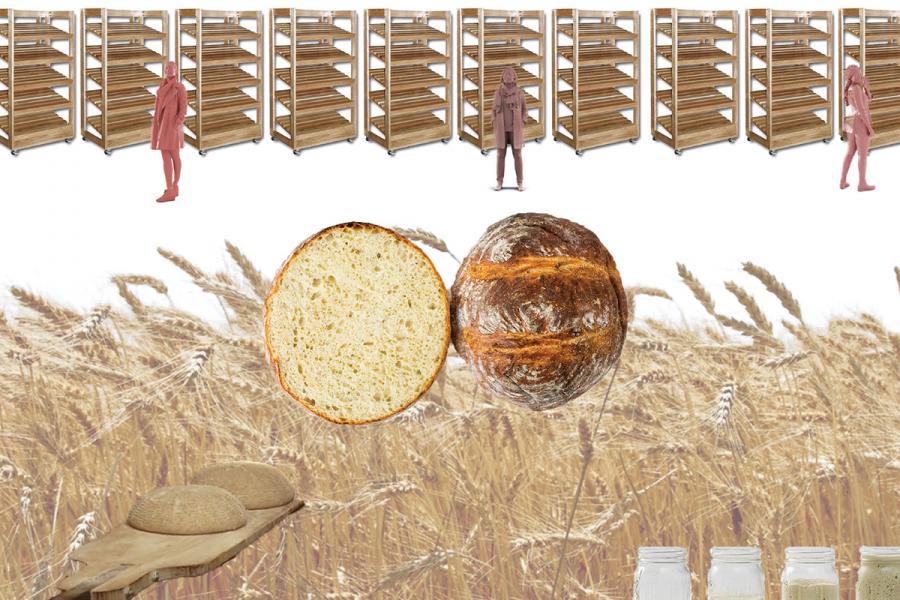
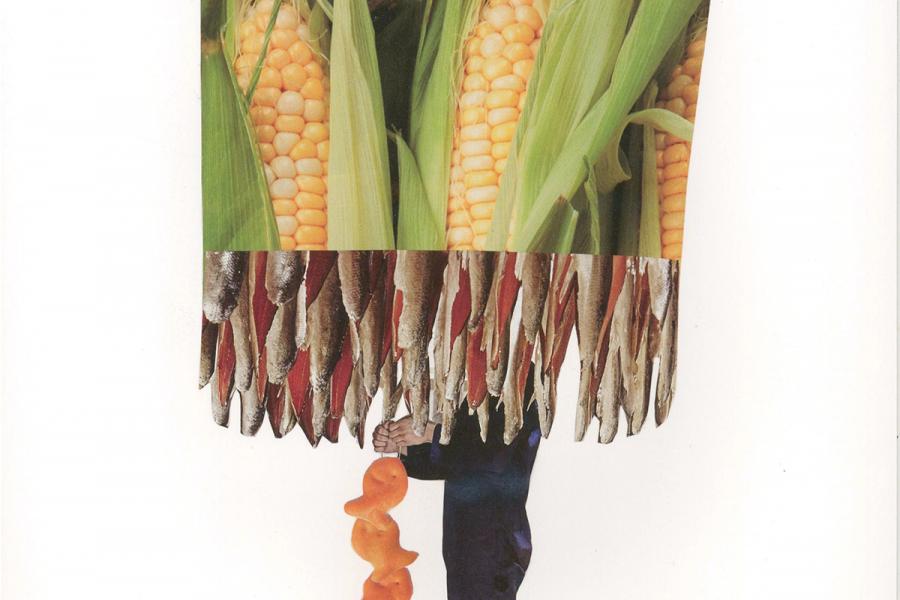
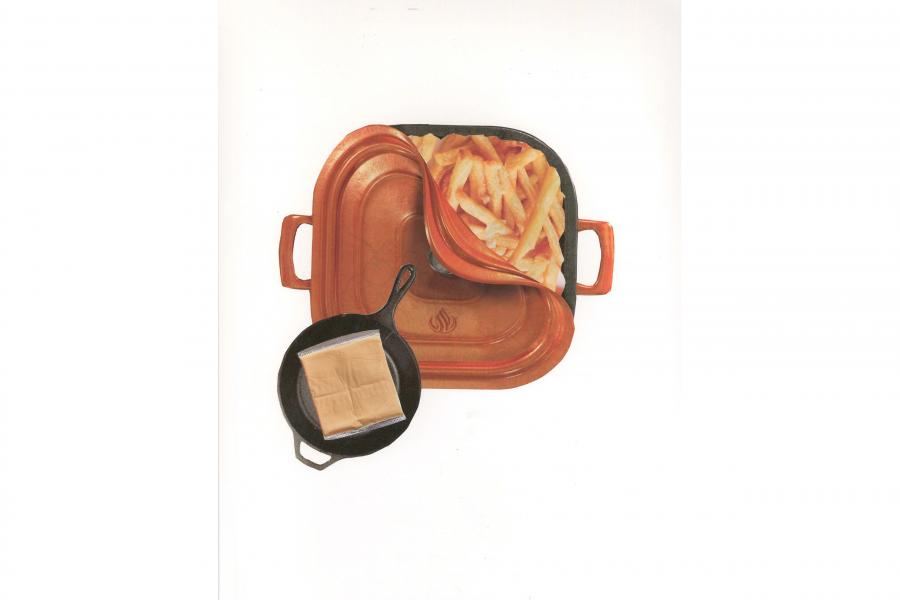
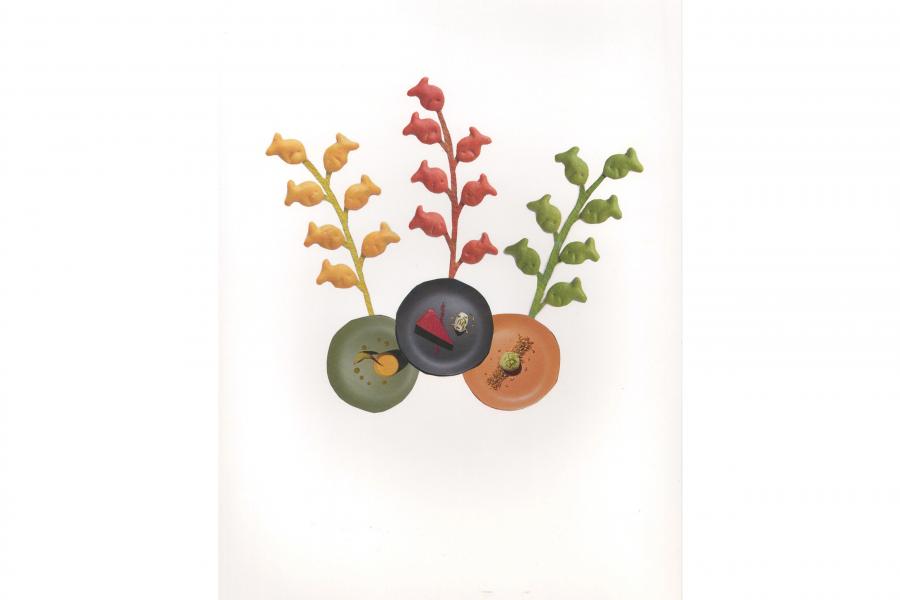
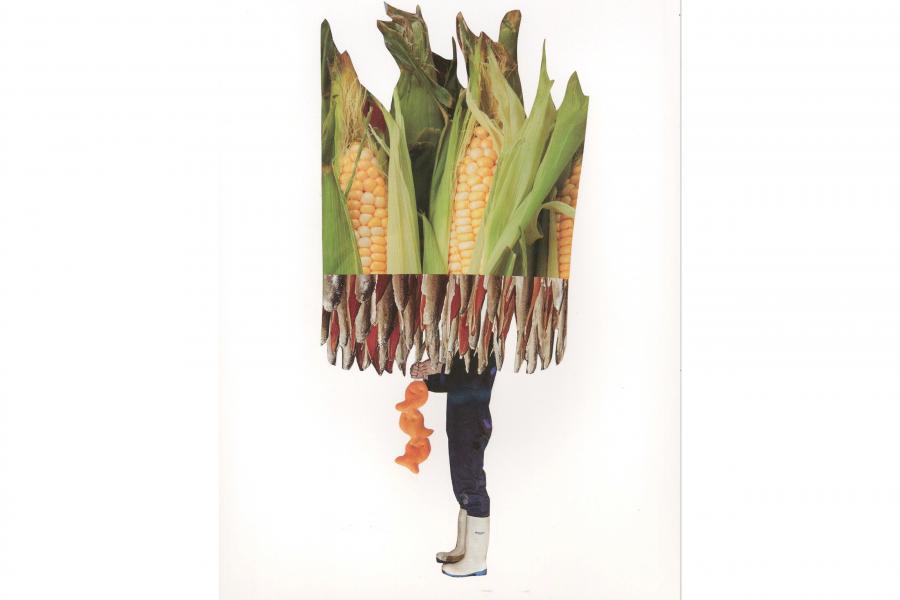
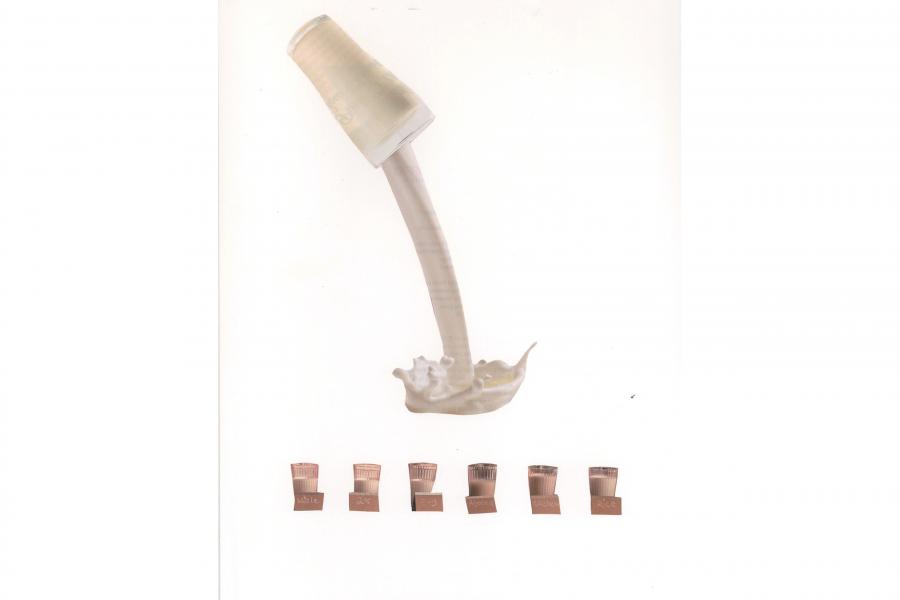
Food and Architecture 2049
Food and architecture have been bound together for over ten thousand years and if not for the transition from hunting and gathering to agriculture and settlement, Mesopotamia and the concept of city and city dwelling could not have developed. As a species we came to depend on the transformation of raw materials with fire and tools to create edible food through processes such as heating, fermenting, drying and curing. Simultaneously we transformed many of these same raw materials into forms of shelter to protect us from the elements.
Bread changed the way we live in the world and is such an influential staple that the word ‘bread’ is at times used as a synecdoche for all food. Bread has been consumed and romanticized since the Neolithic era and in the last 150 years we have completely obliterated the original nature of the loaf and are now primarily left with the sliced white bread we know today. The emergence of logistics in food production and distribution has completely changed the way we produce and consume food. Similarly in architecture, logistics and its pursuit of unencumbered movement has created a built environment that is increasingly reliant on technical systems. Walmart with its unconventional approach to design is often used as a kind of martyr for all bad architecture just as sliced white bread is the exemplification for all that is wrong with food in the 21st century.
This design thesis aims to examine and exploit the relationship between food and architecture from the time of early civilizations until the current era while focusing on the more recent history of bread and retail architecture in North America. It questions the role of logistics in food production and architectural design and considers that these logistics constitute a process of transformation that might be leading society towards a period of complete logistification. It will argue that based on food and architecture’s shared history it is reasonable to assume that they have a shared co-evolving future. By imagining a super technological and logistical future for both food and architecture this thesis will conclude with a design proposal placing values on terroir, or taste of place, and of an alternative future towards regional and sustainable design.
